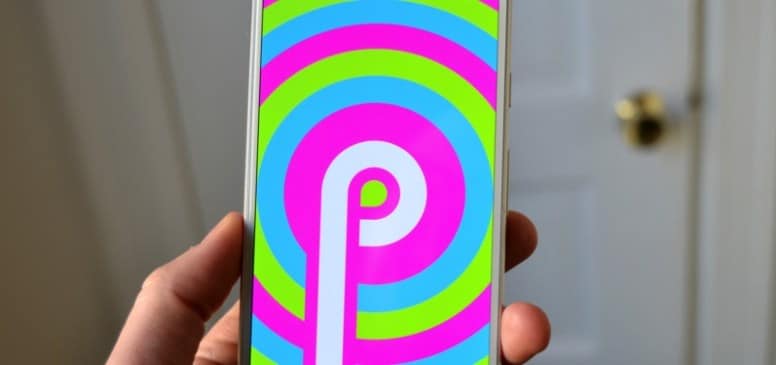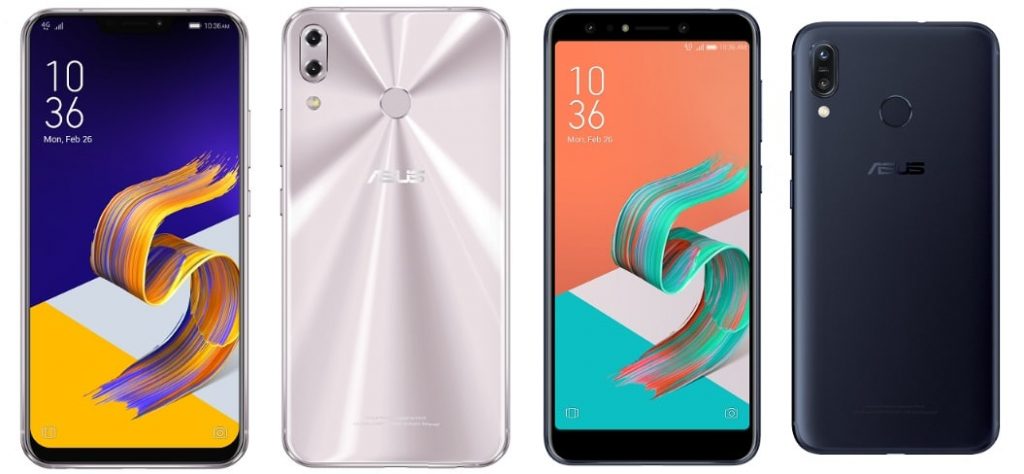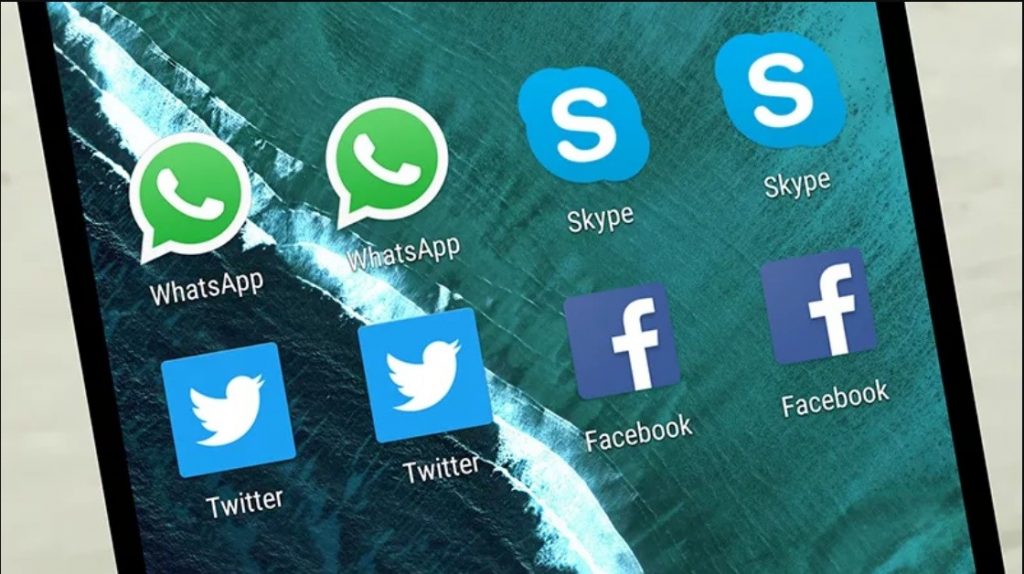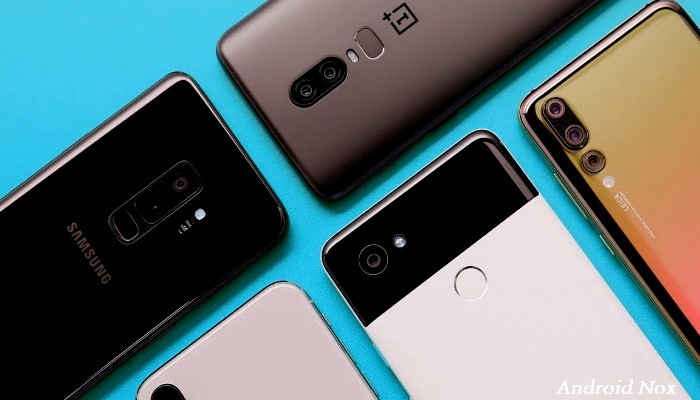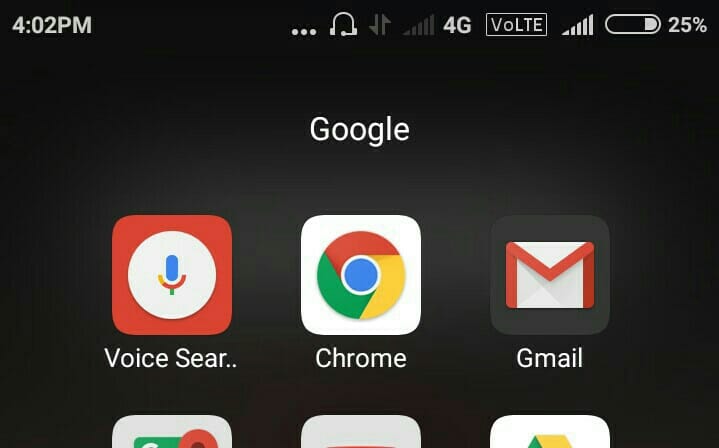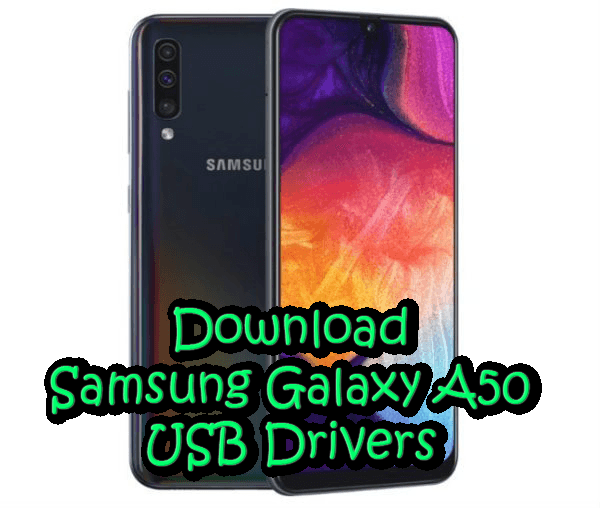Whenever a technological advance appears on the market, the most important impact is usually collected on its own ground, but there are others who benefit from its arrival. We do not mean by this that 5G was responsible for the invention of millimeter waves, but of course yes it has contributed greatly to their becoming fashionable, and in Xiaomi they have already found a way to get a lot out of it.
The millimeter waves, as well as other internal mechanisms, thus become the basis of the new Xiaomi wireless charger. One that is far from the series of Qi chargers that we have been seeing for a long time reaching the market because with it the contact charge ends (which is not exactly like that) and authentic remote wireless charging arrives. AND when we say “at a distance” we mean several meters, and several devices at the same time.
What are millimeter waves, the basis of 5G
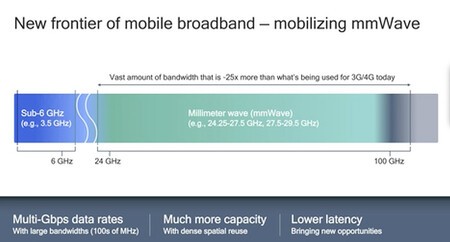
We have said that the millimeter wave becomes fashionable with 5G and it is so, since there are two technologies associated with the fifth generation of mobile communications. The first is the famous sub-6GHz band, present both in native 5G and in the one that operates with 4G infrastructure, and the second is the millimeter wave or mmwave, this one is exclusive to the native equipment for 5G.
To start with, with the millimeter wave we have electromagnetic waves that operate around 26GHz, a band currently in disuse both at home and outdoors. This makes it ideal to live with our WiFi networks because they move (for now) below the 6GHz band (WiFi 6E). Thus, there would be no interference between our usual data connection and this new wireless charging used by Xiaomi to provide power at true distance.

The millimeter wave can transfer a large amount of information due to its high frequency
The millimeter wave has two fundamental characteristics that carry two key qualities. The first is that they operate at a very high frequency, which gives them a great capacity to transmit information, and the second is that it has a hyper-reduced wavelength, something that gives it an ability to very short penetration and fades very quickly. But since it operates on practically unused frequencies, a lot of spectrum can be used. That is to say, the wave is weak but a multitude of waves can be grouped together to compensate, so this “weakness” of the millimeter wave is saved.
So since we have a great capacity to transmit information and we can group a large number of lanes to the highway to cover its volatility to some extent, 5G is using it to increase data transfer speeds as much as possible. And since the data is ultimately convertible into energy, Xiaomi uses this millimeter wave in its new charging system.
The 5W of the Mi Air Charge, 144 directional antennas
Once we know what millimeter waves are, it is easier to understand why Xiaomi has chosen them for its new charging system. A system that uses a charger located on the wall and has no cables but no support for a mobile phone, as is the case with Qi chargers. Xiaomi account that its new Mi Air Charge, as it has called its wireless charging, can power devices from several meters away. And also, logically, you can do it with several at the same time.
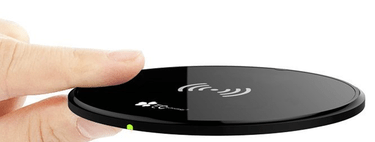
To achieve this, the Xiaomi Mi Air Charge wireless charger uses a system composed of nothing more and nothing less than 144 antennas that, among other things, can emit energy in multiple directions due to its orientation. Thus, Xiaomi can know where the devices are located at the time of charging (fault of the phone) and save energy. The energy transfer becomes directional but variable, so we can move around the room and the charger will continue to send waves to the mobile phone and not in other directions.
But these waves do not contain information, they are simply waves with a very specific frequency to be picked up by the mobile phone. Not just any phone will do, of course, but one that contains the Mi Air Charge technology. AND this technology on the phone side It consists of a transmitting antenna that is reporting the situation of the phone at all times, as well as a group of antennas to receive this millimeter wave from the charger.
The mobile indicates where it is and the charger sends waves only in its direction thanks to its array of directional antennas
So the mobile constantly says where it is thanks to its transmitting antenna, and the charger emits waves in a straight line in your direction, waves that are received by the receiving antennas of the phone. So what does the phone do with these waves? Rather than converting it into information, as is customary, it transforms it into energy that it sends directly to the phone’s battery. Let’s not forget that electromagnetic waves are, failing that, impulses and Xiaomi reconfigures the emitters and receivers so that they do not navigate data, but only energy.
Xiaomi says that its Mi Air Charge, at least this original and recently presented model, is capable of generating up to 5W of charge for the phone. We would be talking about charging speeds that are not even seen in the wired charger market anymore (at least not new ones) and that would produce a slow charge. A charge that is supposedly more beneficial for batteries, on the other hand. Thus, Xiaomi has achieved a real 5W wireless charging that follows us even when we move. Imagine a room in which everything inside is loaded without doing anything. Xiaomi has succeeded. We will see what other manufacturers follow this same path.
More information | Xiaomi

